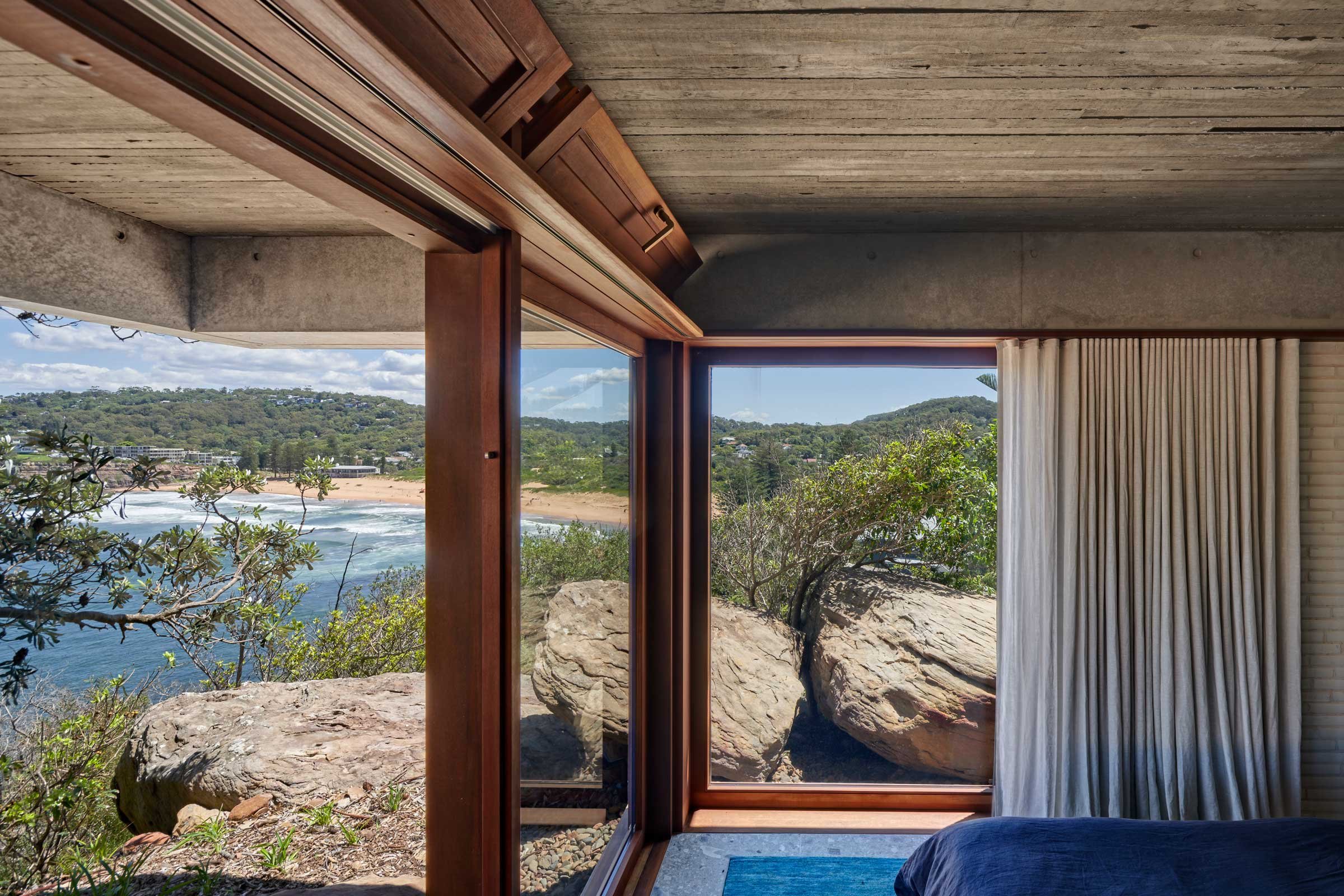An Ingenious Stacked Mixed-Use Home in Tokyo

Architecture firm KOMPAS conceived a unique stacked design to create this mixed-use building in downtown Tokyo, which is both a two-storey family home and a pair of for-rent spaces. Here, architect and studio founder Mai Komuro tells us more about the project
Design Anthology: How did you first meet the client?
Mai Komuro: I was first involved in a project related to the client’s family, and got to know him from there. One day he called saying he purchased a piece of land for his new residence, but that the contractor had proposed a boring, box-like building plan. He asked if a nicer structure could be built on the site, and that was the start of the project, which we called Ibis Sendagaya.
Can you tell us about them and their lifestyle?
The client and his partner have three children, with their youngest son still in kindergarten. They used to live in an spacious detached house with a garden in a residential neighbourhood, and they enjoyed gardening and living in a double-height space. When they decided to move to a dense area of downtown Tokyo, they wanted to maintain that lifestyle as much as possible.
What was their brief to you for the project?
Because of the narrow front street, the site allowed a maximum floor area ratio of 160 per cent. The client decided to turn the ground and first floor into tenant spaces for lease, with the remaining two upper floors as the family’s private residence. Our main challenge was to accommodate the tenant spaces and a comfortable residential environment in this dense neighbourhood, despite the limited floor area.
What is the overall size of the house?
The footprint of the four-storey building is about 165 square metres, with a maximum height of about 20 metres. The total residential area on the third and the fourth floor is about 155 square metres.
How did you approach the project — what design references did you try to incorporate into the space?
The neighbourhood is relatively dense on the street level and most of the buildings nearby are less than 10 metres tall. Thanks to complicated shadow calculations, we found the best building design to maximise the height and volume of the building, resulting in a stack of uniquely skewed floor plates that are taller on the northern side, which elevate the duplex residence higher than neighbouring roofs. This stacked design also allows us to create various outdoor spaces on each floor, which act as extensions of interior spaces.
When looking to maximise the height of each floor, one of the references I had in mind was Hong Kong’s M+ museum, which I worked on with Herzog & de Meuron. The museum building has a sort of service floor that accommodates the mechanical equipment serving the lobby level below and the gallery level above. It also has deep structural beams that allow for fewer columns in the lobby. We tried to use similar structural beams to support the building’s irregular floors and to achieve column-free tenant spaces.
Please tell us a little about the material choices for the space.
To comply with the building’s regulations, we incorporated a balustrade design that wraps around the building’s slab volumes, with flat steel bars attached to the metal bands to function as vertical louvers. This creates an interplay between openness and privacy. In the interiors, we exposed the building’s structural concrete where possible and minimised additional finishes.
Did you incorporate any custom pieces into the design?
We wanted the public parts of the family home — the living and dining room on the fourth floor and the hall on the third floor — to be continuous spaces, but they also needed to have storage space and so we added built-in furniture along all the walls. For example, a small desk and bench is placed at the corner of the stair landing along with full-height book shelves, which can be used as a study room. The triangular hall on the third floor was originally a circulation space to connect the bedrooms and bathrooms, but the shelf wall with hidden doors to the kids’ rooms makes the space a sort of the playroom that can be combined with the terrace when the sliding windows are opened.
Do you have a favourite element or design detail in the architecture or interiors?
Probably the metal facade and the use of beam depth behind the metal bands. We created deep planting pits on the upper floors, so each floor gets gorgeous greenery and the home’s terraces have become like a garden.
Images / Vincent Hecht





































